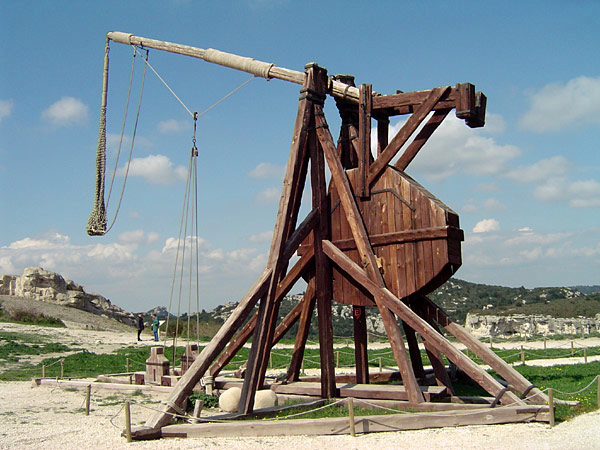Raimon Escrivan on:
[Wikipedia]
[Google]
[Amazon]
 Raimon Escrivan was a Toulousain
Raimon Escrivan was a Toulousain
 Raimon Escrivan was a Toulousain
Raimon Escrivan was a Toulousain troubadour
A troubadour (, ; ) was a composer and performer of Old Occitan lyric poetry during the High Middle Ages (1100–1350). Since the word ''troubadour'' is etymologically masculine, a female equivalent is usually called a ''trobairitz''.
The tr ...
. He may be identified with the canon
Canon or Canons may refer to:
Arts and entertainment
* Canon (fiction), the material accepted as officially written by an author or an ascribed author
* Literary canon, an accepted body of works considered as high culture
** Western canon, th ...
Raimundus Scriptor of Saint-Étienne
Saint-Étienne (; Franco-Provençal: ''Sant-Etiève''), also written St. Etienne, is a city and the prefecture of the Loire département, in eastern-central France, in the Massif Central, southwest of Lyon, in the Auvergne-Rhône-Alpes regi ...
in Toulouse or perhaps Raimon de Costiran, a victim of the Papal Inquisition
The Medieval Inquisition was a series of Inquisitions (Catholic Church bodies charged with suppressing heresy) from around 1184, including the Episcopal Inquisition (1184–1230s) and later the Papal Inquisition (1230s). The Medieval Inquisition ...
at Avinhonet in 1242. His surname, ''Escrivan'', means "writer" (Latin
Latin ( or ) is a classical language belonging to the Italic languages, Italic branch of the Indo-European languages. Latin was originally spoken by the Latins (Italic tribe), Latins in Latium (now known as Lazio), the lower Tiber area aroun ...
''scriptor'') and was commonly adopted by notaries
A notary is a person authorised to perform acts in legal affairs, in particular witnessing signatures on documents. The form that the notarial profession takes varies with local legal systems.
A notary, while a legal professional, is distin ...
at that time.
While trapped in the city during the Siege of Toulouse in 1218, he wrote a mock ''tenso
A ''tenso'' (; ) is a style of troubadour song. It takes the form of a debate in which each voice defends a position; common topics relate to love or ethics. Usually, the tenso is written by two different poets, but several examples exist in whic ...
'' between a trebuchet
A trebuchet () is a type of catapult that uses a hinged arm with a sling attached to the tip to launch a projectile. It was a common powerful siege engine until the advent of gunpowder. The design of a trebuchet allows it to launch projectiles ...
(''trabuquet'') and a siege engine
A siege engine is a device that is designed to break or circumvent heavy castle doors, thick city walls and other fortifications in siege warfare. Some are immobile, constructed in place to attack enemy fortifications from a distance, while othe ...
called a "cat" (''cata''). ''Senhors, l'autrier vi ses falhida'', as it begins, has been interpreted as cleverly disguised obscenity, but there is no reason not to take it at face value. During the siege a trebuchet was constructed by the citizens and successfully employed to destroy the besiegers' cat, just as the ''trabuquet'' of the poem defeats the ''cata''. The '' Chanson de la Croisade Albigeoise'' contains a description of the siege (from a Toulousain viewpoint) which echoes the tenor of Escrivan's song.
Sources
* Riquer, Martín de. ''Los trovadores: historia literaria y textos''. 3 vol. Barcelona: Planeta, 1975. {{authority control People of the Albigensian Crusade 13th-century French troubadours Writers from Toulouse